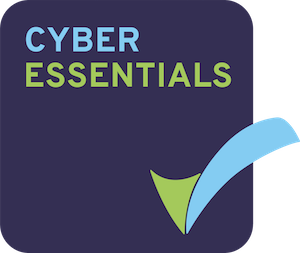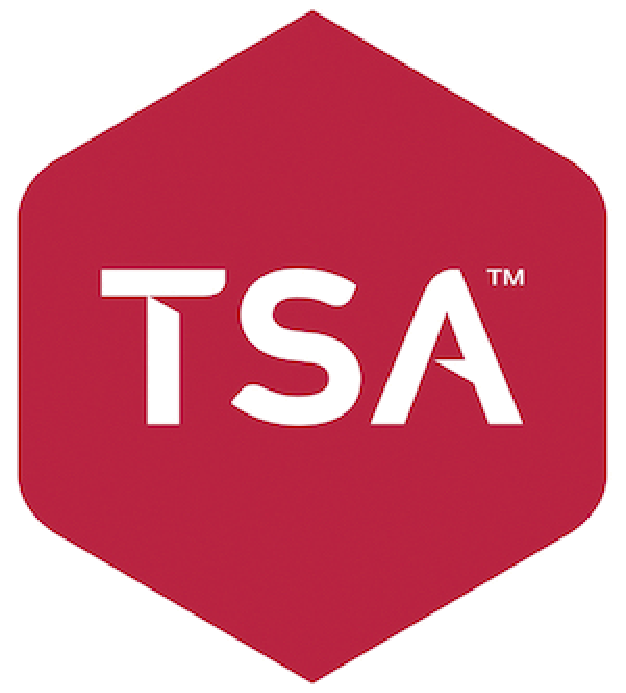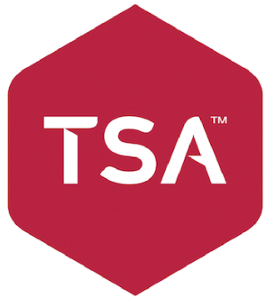Even the best-laid health and safety plans can’t prevent every single incident. Sometimes we experience emergencies in the workplace that require assistance from others. We need to alert the relevant person or people without causing alarm to the public. For this reason, many workplaces use emergency codes for certain emergency situations. We have compiled a list of these codes for help below. Consider implementing them in your workplace to help protect your employees, customers, and members of the public.
How to Use Emergency Codes for Help
- Choose simple codes that fit the context of your workplace.
- A colour or the name of a fictitious person can be a good basis for an emergency code.
- Make sure all staff and relevant people are familiar with the codes and what they mean.
- Ensure that everybody knows the procedure for each code e.g. call emergency services, evacuate, hide etc.
- Instruct staff to remain calm and level-headed when a code is used.
- Carry out procedure training the same as you would with fire safety training.
- Have as few codes as possible to minimise confusion.
Emergency Codes for Help
Next, let’s take a look at some of the most common examples of emergency codes for help in the workplace.
1. Inspector Sands (Fire)
“Inspector Sands”, sometimes known as “Mr. Sands”, is to alert people that there is a fire without causing alarm. You’ll normally hear a tannoy announcement along the lines of, “Please could Mr. Sands report to the…” followed by the location of the fire.
The person making the announcement should speak calmly, so as not to cause alarm.
This term originates from the days before fire extinguishers when people would throw a bucket of sand over a fire to put it out. However, the term is still in common usage in many industries, including public entertainment venues, shopping centres, and railway stations.
2. Time Check (Bomb Threat)
In recent times, the need for an alert for a terrorism threat has risen significantly. Many workplaces use the code “Time Check” for this purpose. This gives staff notice to follow bomb threat procedures and potentially evacuate the area, without alarming the people they are evacuating.
3. Bravo (Security Alert)
The emergency code “Bravo” is used to alert staff of a potential security risk and also to help them identify the suspect. Security staff may issue the call “Bravo, Bravo, Bravo” and order everyone to freeze to help them identify a suspect.
4. Oscar (Man Overboard)
This emergency code is primarily used on ships. It is to alert staff that someone has fallen overboard without causing a ruckus among passengers so it can be dealt with swiftly. The code Oscar will usually be said 3 times in a row – “Oscar, Oscar, Oscar” – to avoid a misunderstanding.
5. Doctor Brown (Threat of Violence)
The “Doctor Brown” emergency code, sometimes known as “Mr. Brown”, is used to alert staff to threats of violence. Giving this code over the tannoy could signal employees to call security or police without aggravating the perpetrator even more.
For Added Safety
Implementing a few key emergency codes is a great way to protect your employees in the workplace. However, there might be instances where a worker is unable to make a tannoy announcement or respond to an emergency code. Go one step further with Lone Alarms. Our discreet, lightweight alarms allow workers to call for help with the touch of a button. When a worker activates their alarm, our Monitoring Team will respond quickly according to the procedure you set out. This could involve contacting colleagues, managers, and even the emergency services if necessary.
To find out more about the Lone Alarms service, you can call our friendly team on 0800 03 08 222 or contact us online. You can also read more on our blog.
Editor’s Note: This article was updated on 22nd November 2023 to reflect current information.












